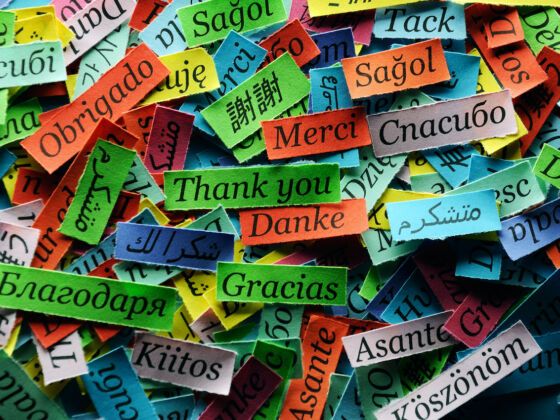According to an overview of the 14 most popular language course offerings in the U.S, the U.S state department groups languages into three categories:
Category 1: The Latin and Germanic languages, the former requiring approximately 600 hours of study, the latter 750. Grammar and structures are similar to English.
